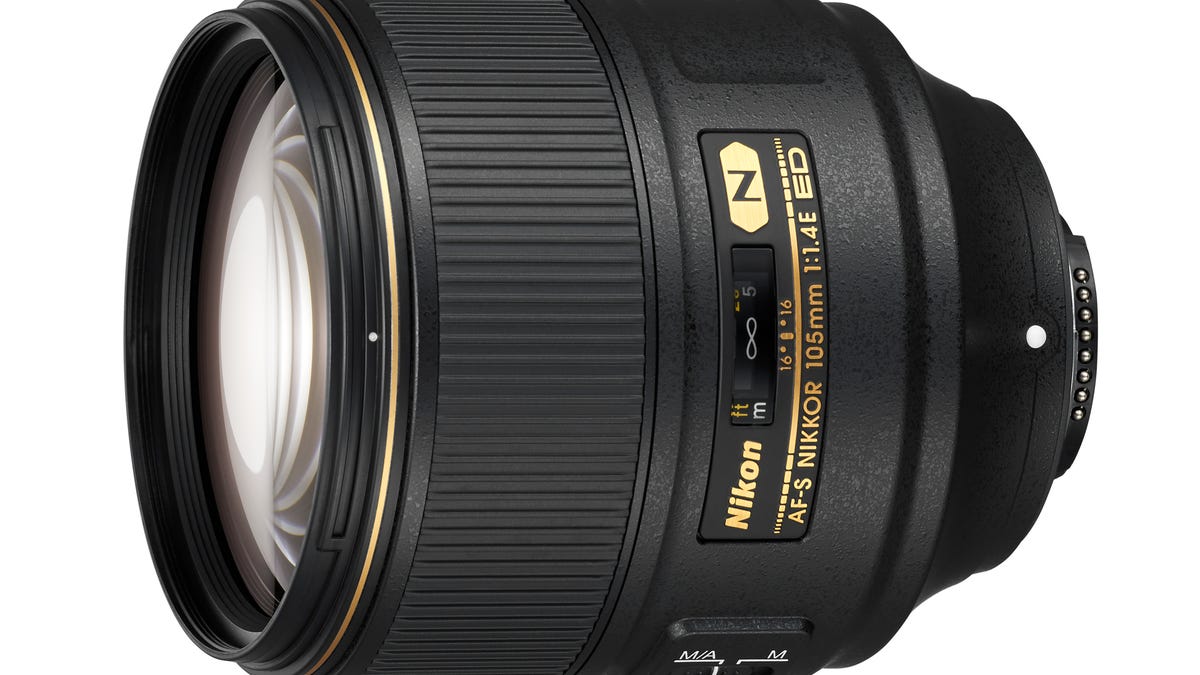Nikon debuts prime portrait lens for pros
A new full-frame 105mm f1.4 enters the company's Gold Ring.

Nikon's latest addition to its Gold Ring series of professional prime lenses takes the form of the AF-S NIKKOR 105mm f/1.4E ED, a fast-aperture full-frame (FX mount) lens that's likely ideal for portraiture; as far as I can tell, it's the fastest Nikon-mount prime available in that focal length. If you feel like mounting it on a DX-mount camera like the D500, the focal length is equivalent to about 158mm.
It's schedule to ship in late August for $2,200. I don't have UK or Australian availability or pricing yet, but directly converted that's £1,675 and AU$2,930. The announcement comes in conjunction with the company hitting a milestone of a total of 100 million Nikkor lenses produced.
Like the rest of the lenses in the series, it's dust-and-moisture resistant and incorporates all the latest high-end coatings -- Fluorine on front and rear elements for protection and Nano Crystal Coat for better optical performance. It uses Nikon's electromagnetic aperture control for fast responses to changes in exposure, and a 9-blade diaphragm for round out-of-focus highlights. The aperture stops down to f16, and the lens can focus as close as 3.3 feet/1 meter.
It's no lightweight, though: those 14 glass elements bring the lens up to a few ounces over 2 pounds (985 g). But it seems relatively compact for its length at 3.7 in/95mm x 4.2 in/106mm.
What's missing? Image stabilization. With this much heavy glass it would probably add significant cost to add Nikon's VR (vibration reduction), but that's the drawback of Nikon (and Canon's) dependence on optical stabilization.

